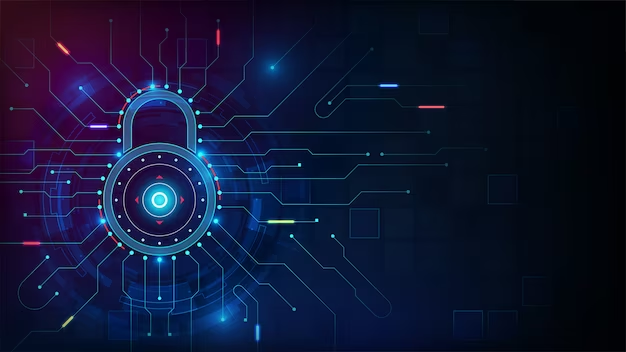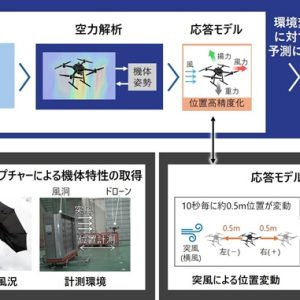This comprehensive analysis takes you on a journey through the intricate landscape of cybersecurity in 2023, where the convergence of technology and risk presents both challenges and opportunities. From the resurgence of ransomware to the integration of artificial intelligence in cyber threats, we explore the dynamic forces shaping the security landscape.
In this era of hyperconnectivity, organizations must not only adapt to change but stay ahead of it. Our in-depth examination goes beyond the surface, offering valuable insights and actionable strategies to empower you in safeguarding your digital assets. Join us as we unveil the future, providing a roadmap to navigate the complexities of cybersecurity and emerge resilient in the face of evolving threats.

The Paradigm Shift: Cybersecurity in a Hyperconnected World
The digital era has ushered in an unprecedented level of connectivity, presenting both opportunities and challenges. Our examination begins with an exploration of the evolving threat landscape, where cyber adversaries constantly refine their tactics to exploit vulnerabilities. As industry experts, we emphasize the urgency of adopting a proactive approach to cybersecurity.
Cybersecurity Threats in Focus: A Deep Dive
- Ransomware Resurgence: In 2023, ransomware continues to be a pervasive threat, with attackers employing increasingly sophisticated techniques. Organizations must fortify their defences against ransomware attacks, implementing robust backup strategies and regularly updating incident response plans.
- AI-Powered Threats: Artificial intelligence and cybersecurity intersection introduces a new frontier for defenders and adversaries. As AI technologies advance, so do the capabilities of cyber threats. Vigilance is paramount, necessitating the integration of AI-driven defence mechanisms.
- Supply Chain Vulnerabilities: The interconnected nature of global supply chains exposes organizations to heightened risks. A breach in one link can have cascading effects. Our analysis underscores the importance of vetting and securing every node in the supply chain to mitigate potential cyber threats.
Fortifying Defenses: Best Practices for 2023
1. Advanced Endpoint Protection: Guarding the Perimeter
The traditional approach to cybersecurity is no longer sufficient. Implementing advanced endpoint protection solutions is imperative to detect and neutralize threats at the initial point of contact. This proactive strategy adds an extra layer of defense against evolving malware and zero-day exploits.
2. Cyber Hygiene: A Foundation of Security
In the digital realm, maintaining impeccable cyber hygiene is akin to securing the foundation of a fortress. Regular software updates, robust password policies, and employee awareness programs are pivotal components of an effective cyber hygiene regimen. As seasoned professionals, we stress the significance of instilling a culture of cyber awareness across all organizational levels.
3. Threat Intelligence Integration: Staying Ahead of Adversaries
In the dynamic landscape of cybersecurity, knowledge is power. Integrating comprehensive threat intelligence into security protocols empowers organizations to anticipate and counteract emerging threats. By leveraging real-time information, defenders can proactively fortify their defenses and minimize the window of vulnerability.
The Role of Collaboration in Cyber Resilience
1. Public-Private Partnerships: A Unified Front
As the cyber threat landscape becomes more complex, collaboration emerges as a cornerstone of cyber resilience. Fostering public-private partnerships enables the pooling of resources, expertise, and intelligence. Governments, industries, and cybersecurity experts must join forces to create a unified front against cyber threats.
2. Cross-Industry Collaboration: Breaking Silos
Cyber threats transcend industry boundaries, necessitating collaborative efforts across sectors. Our analysis emphasizes the need for cross-industry collaboration to share best practices, insights, and threat intelligence. By breaking down silos, industries can collectively enhance their cyber defenses and create a more resilient digital ecosystem.
Conclusion: Navigating the Cybersecurity Landscape
In conclusion, the cybersecurity landscape of 2023 demands a proactive and collaborative approach. As dedicated professionals in the defense and aerospace industry, we emphasize the critical importance of staying informed, adopting advanced defense mechanisms, and fostering collaboration to mitigate evolving cyber threats.
By implementing the recommended strategies and embracing a culture of continuous improvement, organizations can not only defend against current threats but also position themselves as leaders in cybersecurity resilience. As we navigate the intricate web of digital security, let us forge a path forward that safeguards our digital future.











